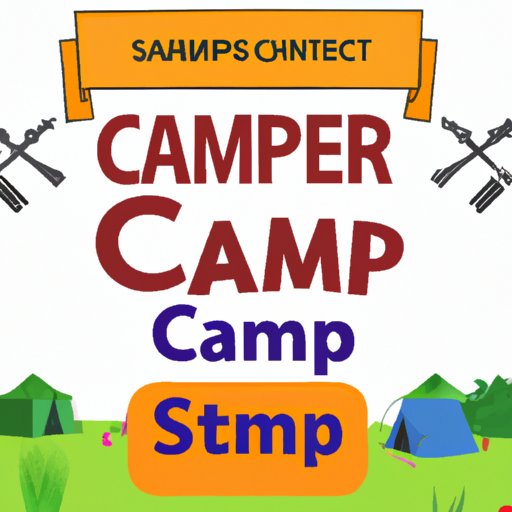Introduction
A summer camp is an organized event that takes place during the summer months, typically for children or teens. These camps provide a variety of activities that often include outdoor games and sports, arts and crafts, and educational experiences. Summer camps can be day camps or overnight camps, and they may focus on a specific topic or theme. Starting a summer camp can be a great way to get kids outdoors and active, while also teaching them valuable skills and providing them with fun memories.
Identify Your Target Audience
The first step in starting a summer camp is to identify your target audience. Who will benefit most from your camp? Consider the age range, interests, and abilities of the kids you want to serve. You should also research other camps in your area to see who they are serving and what types of activities they are offering. This will help you determine how to differentiate your camp and who your ideal campers will be.
Decide What Activities You Will Offer
Once you have identified your target audience, it’s time to decide what activities to offer at your camp. Consider the interests of your campers and create a variety of activities to keep them engaged. Think about both indoor and outdoor activities and make sure to include some educational components as well. You can also consider partnering with local organizations to provide specialized activities such as music lessons or art classes.
Find a Location
When choosing a location for your summer camp, there are several factors to consider. First, think about the logistics of the site. Is the location easy to access? Does it have adequate space for the activities you want to offer? Are there facilities such as bathrooms and a kitchen? It’s also important to consider safety and accessibility. Make sure the area is safe and secure and check to see if there are any restrictions in terms of parking or noise levels.

Set Up Administration and Policies
Once you have chosen a location for your camp, it’s time to set up the administrative and policy aspects of your camp. Determine the staffing requirements and create rules and guidelines for campers and staff. Make sure to clearly communicate these policies to all involved parties. Additionally, consider developing systems for registration, payment, and emergency contacts.
Create a Marketing Plan
Finally, it’s time to create a marketing plan for your camp. Develop strategies for promotion and determine your budget. You can use traditional methods such as flyers or posters, or you can take advantage of digital marketing tools such as social media or email campaigns. Make sure to create compelling content that will attract the right campers to your camp.
Conclusion
Starting a summer camp requires careful planning and research. Identify your target audience, decide what activities to offer, find a location, set up administration and policies, and create a marketing plan. With the right preparation, you can create a successful and enjoyable summer camp experience for campers of all ages.
(Note: Is this article not meeting your expectations? Do you have knowledge or insights to share? Unlock new opportunities and expand your reach by joining our authors team. Click Registration to join us and share your expertise with our readers.)
